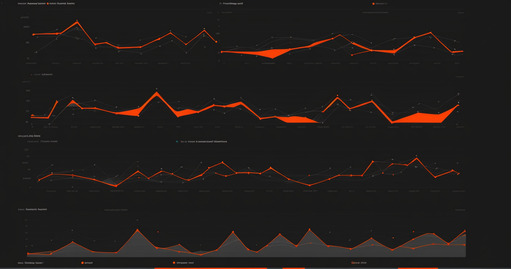What Is Edge Hosting and How Does It Work?: Edge hosting is a modern web infrastructure model where your website’s static assets, and sometimes dynamic content, are served from data centers located closer to your users — known as “edge locations.” Traditional hosting places your website on centralized servers, often in one region, which creates latency for distant users. In contrast, edge hosting uses a global Content Delivery Network (CDN) to distribute your content geographically. This minimizes the distance data has to travel, resulting in faster page loads, better performance, and a more consistent user experience regardless of the visitor’s location. Companies like Cloudflare, Vercel, and Netlify are leading providers of edge hosting services.
How Edge Hosting Improves Website Speed and User Experience: Website speed is directly tied to user satisfaction and engagement. Research shows that even a one-second delay in page load time can reduce conversions by 7% or more. Edge hosting tackles this by caching assets and routing users to the nearest server, effectively eliminating geographical latency. When your CSS, JavaScript, images, and HTML are served instantly from nearby nodes, your Time to First Byte (TTFB) drops significantly. This results in faster page rendering and reduced bounce rates. Modern edge platforms also support intelligent prefetching, real-time updates, and edge functions that optimize content delivery on-the-fly, delivering lightning-fast web experiences even under high traffic loads.
SEO Benefits of Faster Load Times with Edge Infrastructure: Google has made it clear: website speed is a ranking factor. Slow-loading sites suffer lower positions in search results, especially on mobile. Edge hosting not only improves load times but also boosts Core Web Vitals, a key part of Google’s SEO algorithm. Metrics like Largest Contentful Paint (LCP), First Input Delay (FID), and Cumulative Layout Shift (CLS) improve when content is served closer to users. Moreover, faster pages get crawled more efficiently by search engines. Sites using edge hosting often see improved indexation rates, better crawl budgets, and higher visibility. In short, edge hosting is not just a performance upgrade — it’s an SEO advantage.
Securing Your Website at the Edge: Modern edge hosting platforms don’t just optimize performance — they also enhance security. With DDoS mitigation, Web Application Firewalls (WAF), bot protection, and TLS encryption built into the edge, your website becomes resilient to many forms of attacks. Since edge nodes filter malicious traffic before it even reaches your origin server, threats are neutralized closer to the source. Additionally, edge services offer real-time updates to security rules and threat intelligence. This distributed security architecture helps prevent downtime and safeguards your data, making it ideal for ecommerce, SaaS, and enterprise-grade websites where uptime and trust are critical.
Why Businesses Are Moving to Edge Hosting with B101: At B101, we help clients transition from slow legacy hosting to next-gen edge infrastructure. Whether you’re running a content-heavy website, ecommerce store, or SaaS dashboard, edge hosting ensures global speed, security, and scalability. Our stack leverages Cloudflare Pages, Workers, R2, and advanced CDN caching to deliver your content efficiently across continents. We offer edge-optimized deployments, asset bundling, image resizing, and real-time monitoring — all without requiring DevOps from your side. With simple setup and instant performance improvements, businesses using B101’s edge solutions enjoy better SEO rankings, lower bounce rates, and higher conversions. The edge is the future, and we make it accessible for everyone.




